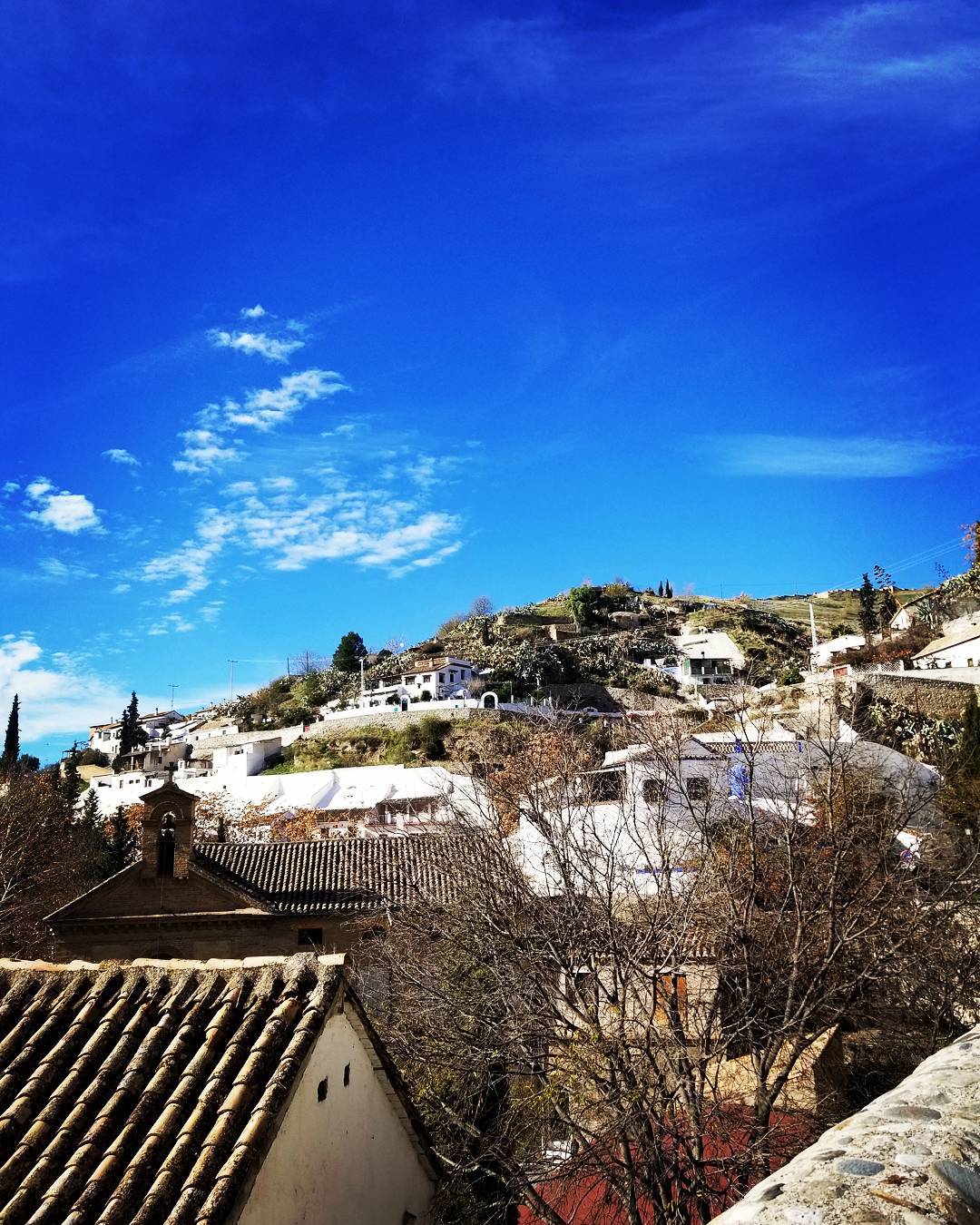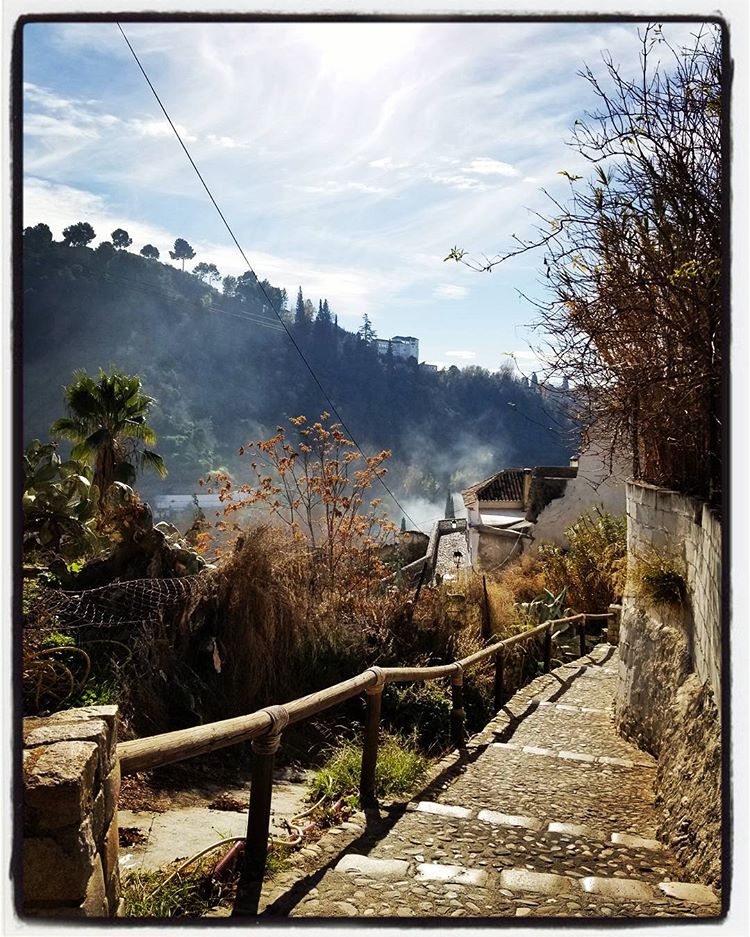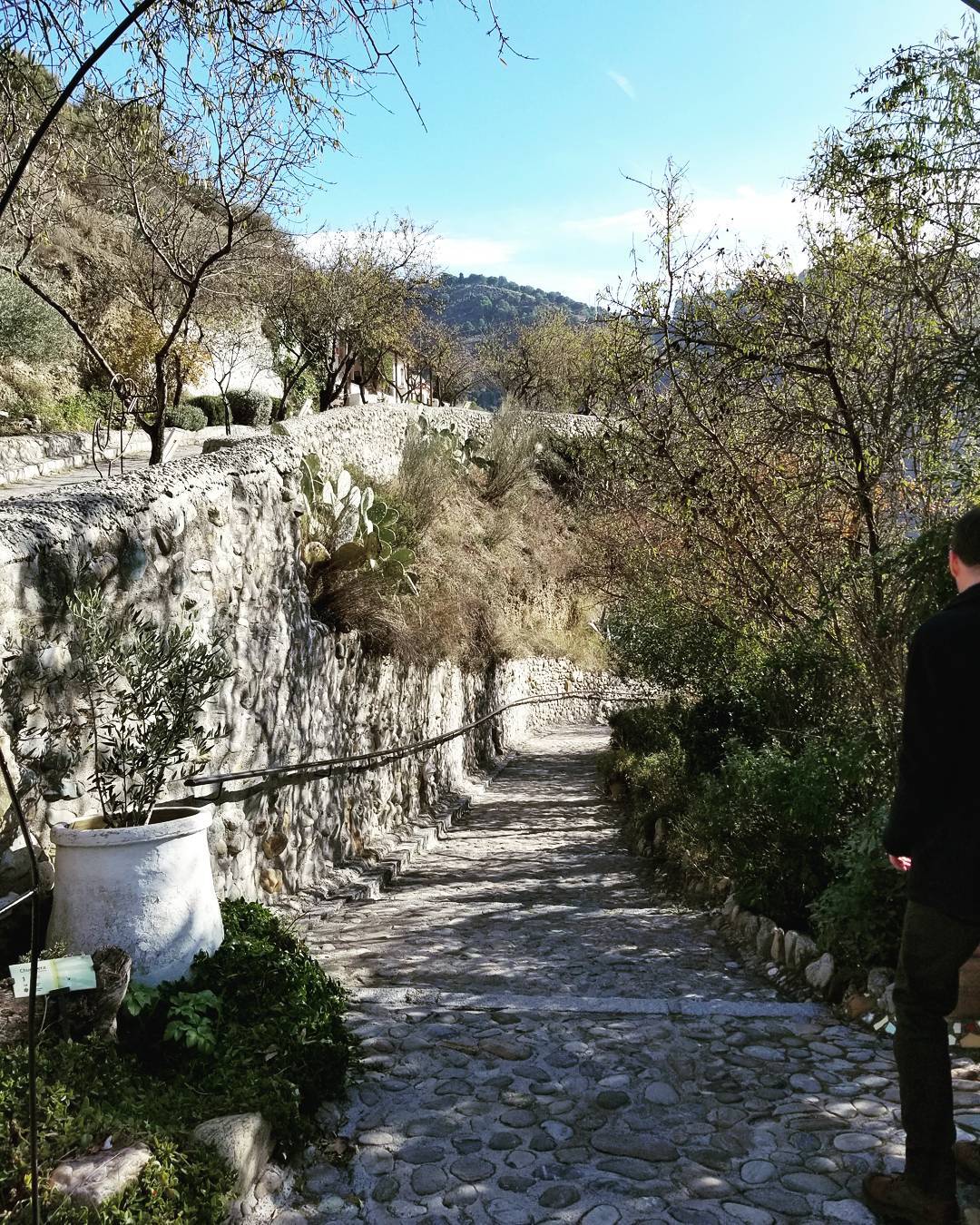On our last full day in Granada we hiked up to Sacromonte, the more remote eastern portion of Granada’s Albaicín neighbourhood.
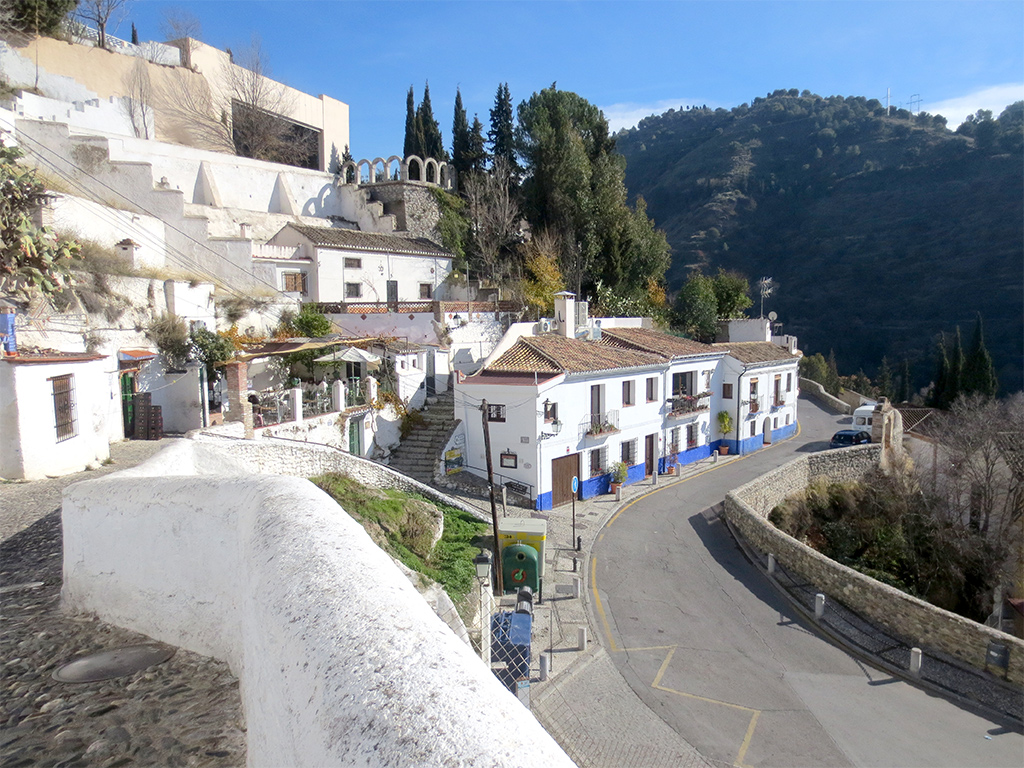
The walk took us about an hour and the views became surprisingly rugged and rural quite soon after leaving the bustle of the Carrera del Darro area.
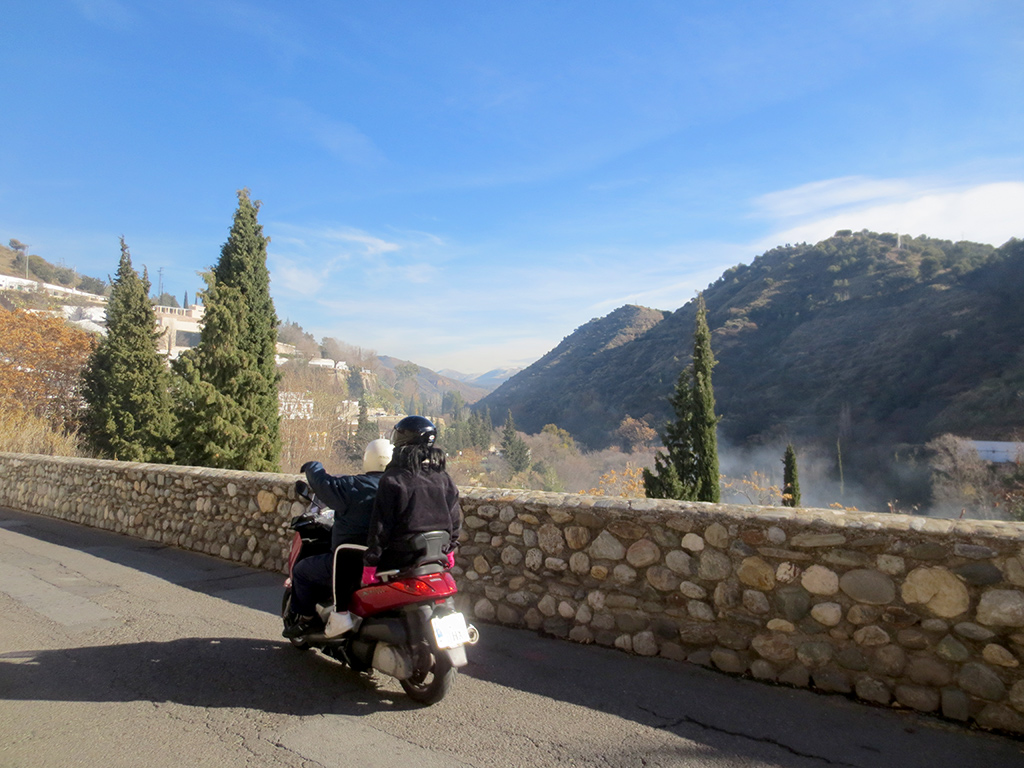
The buildings eventually dropped away on the south side of the road, revealing beautiful views down into the valley between the Albaicín and the Alhambra. Small fires set by property owners to burn olive tree trimmings created an atmospheric smokey haze.
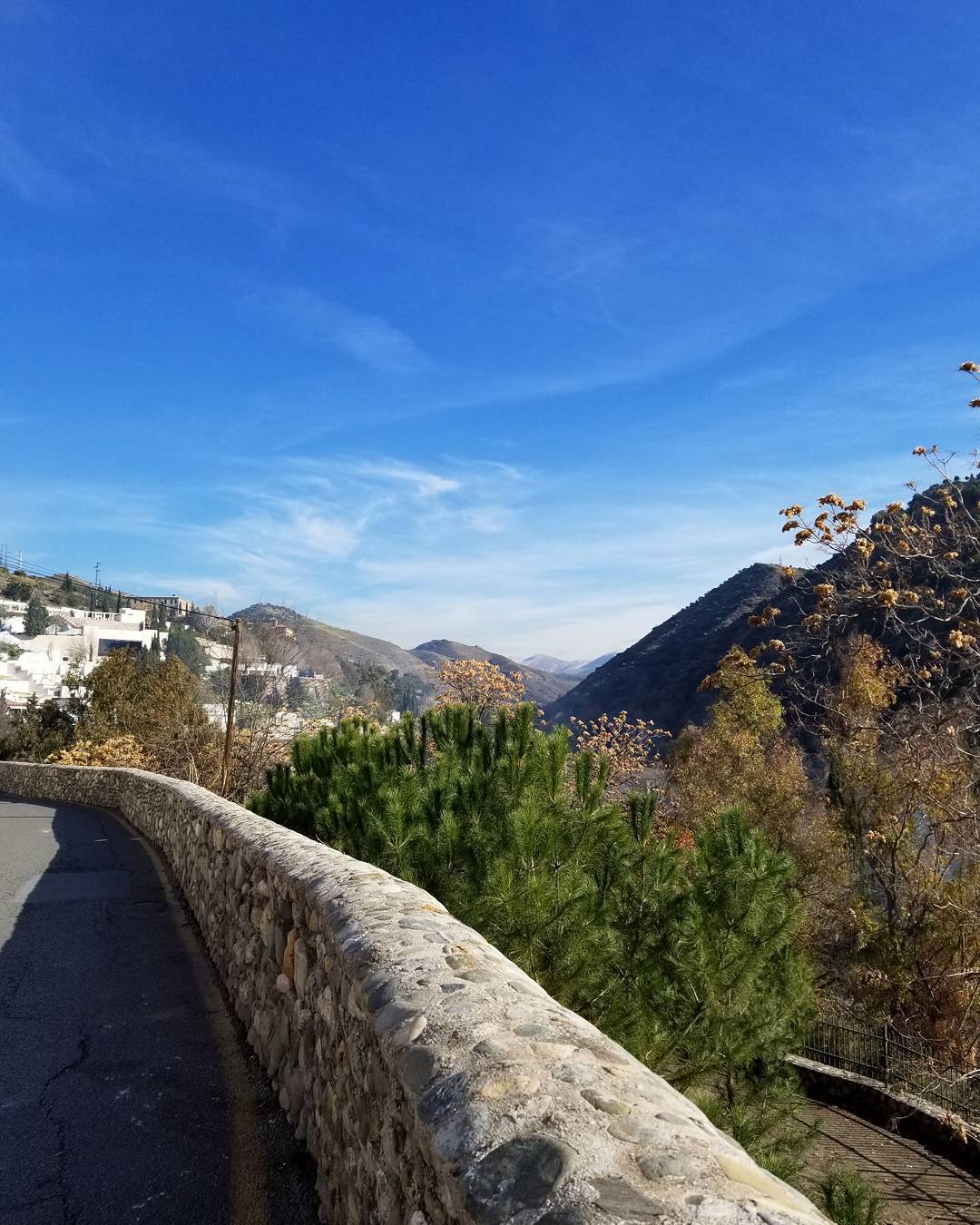
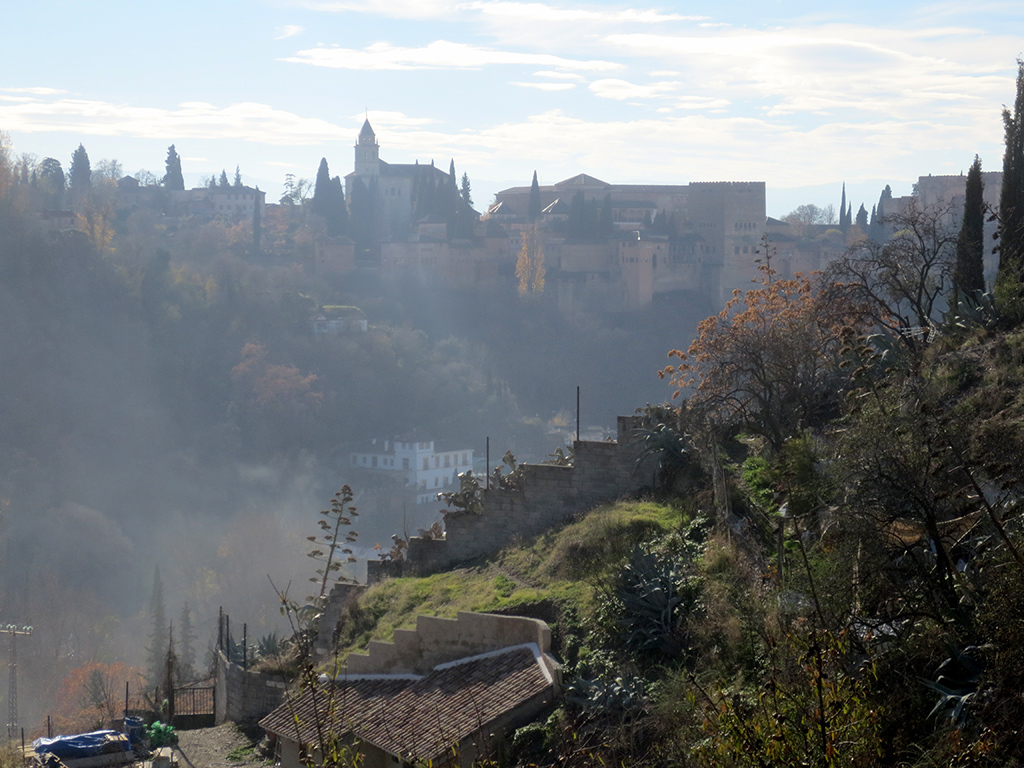
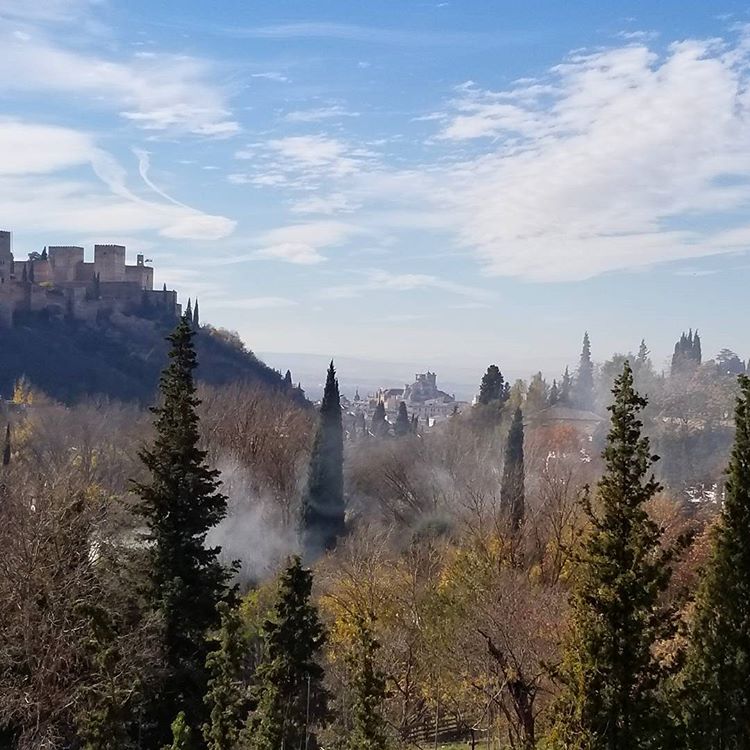
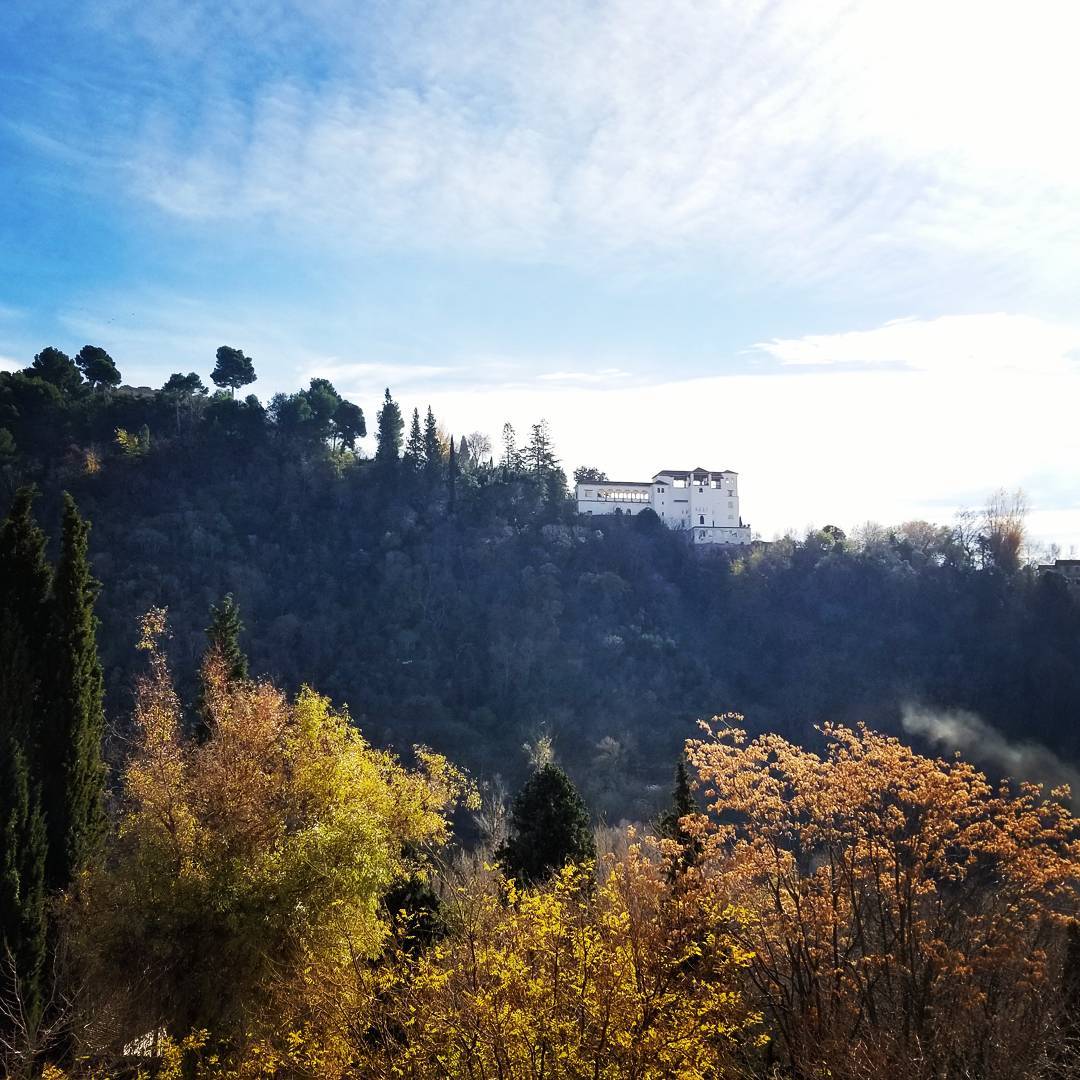
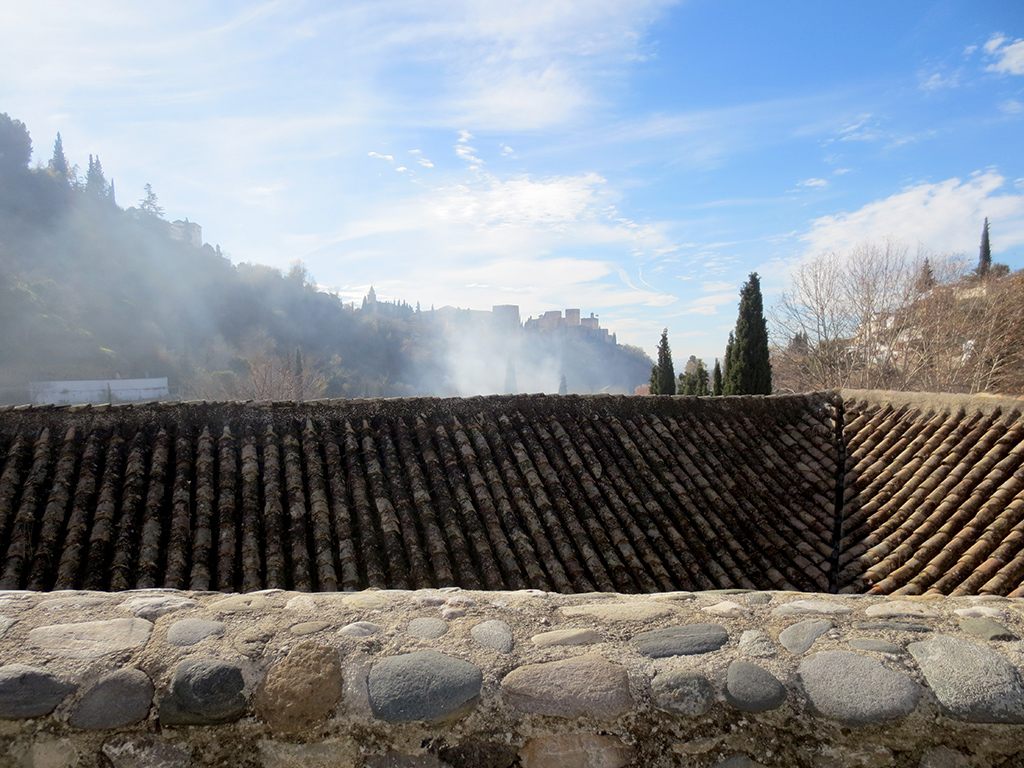
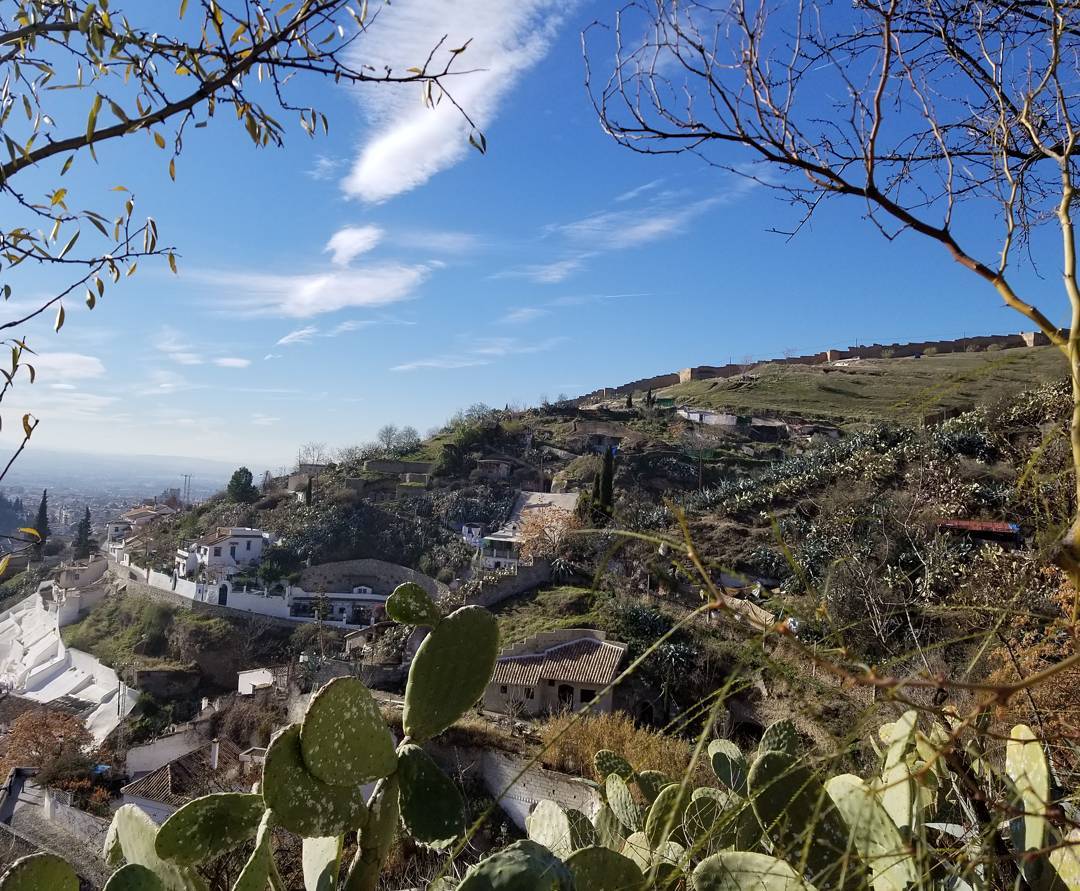
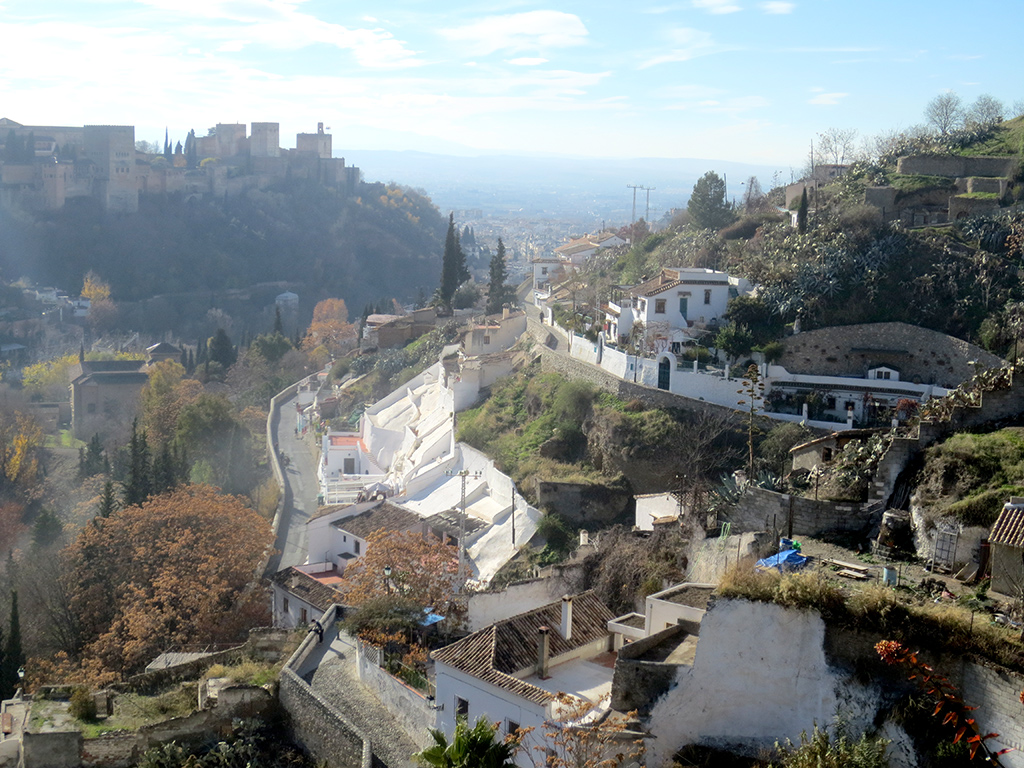
On the other side of the road, the buildings became fewer and smaller, mostly simple whitewashed stone and stucco with splashes of colour. Residential homes were mixed with tapas bars and flamenco venues.
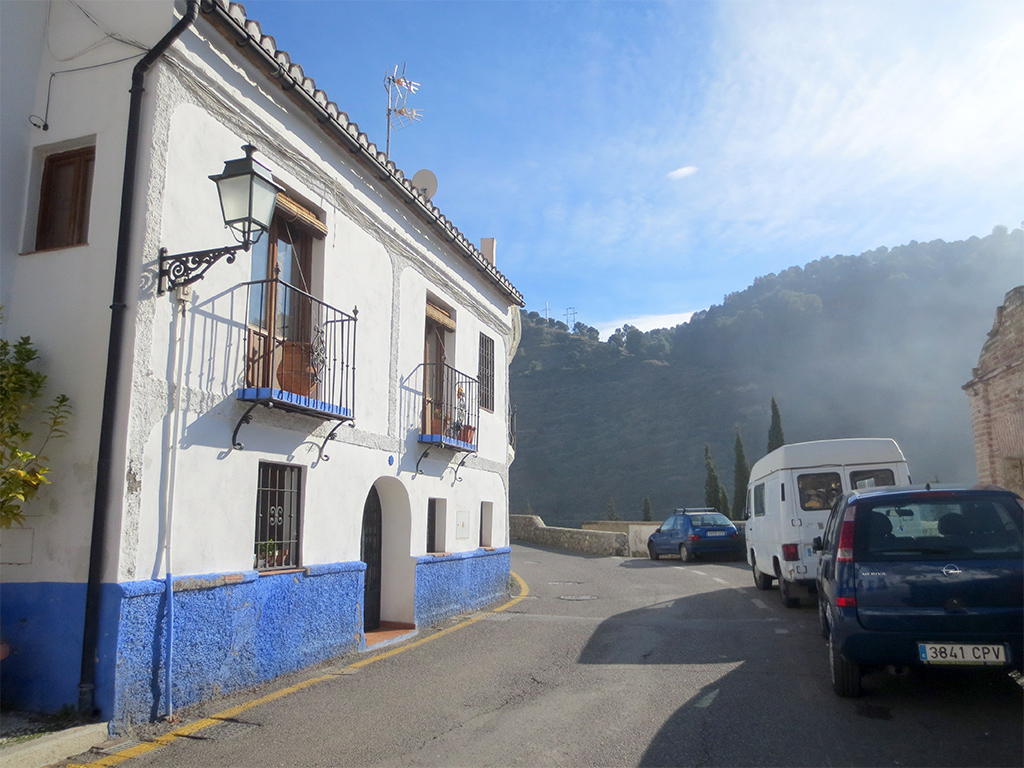
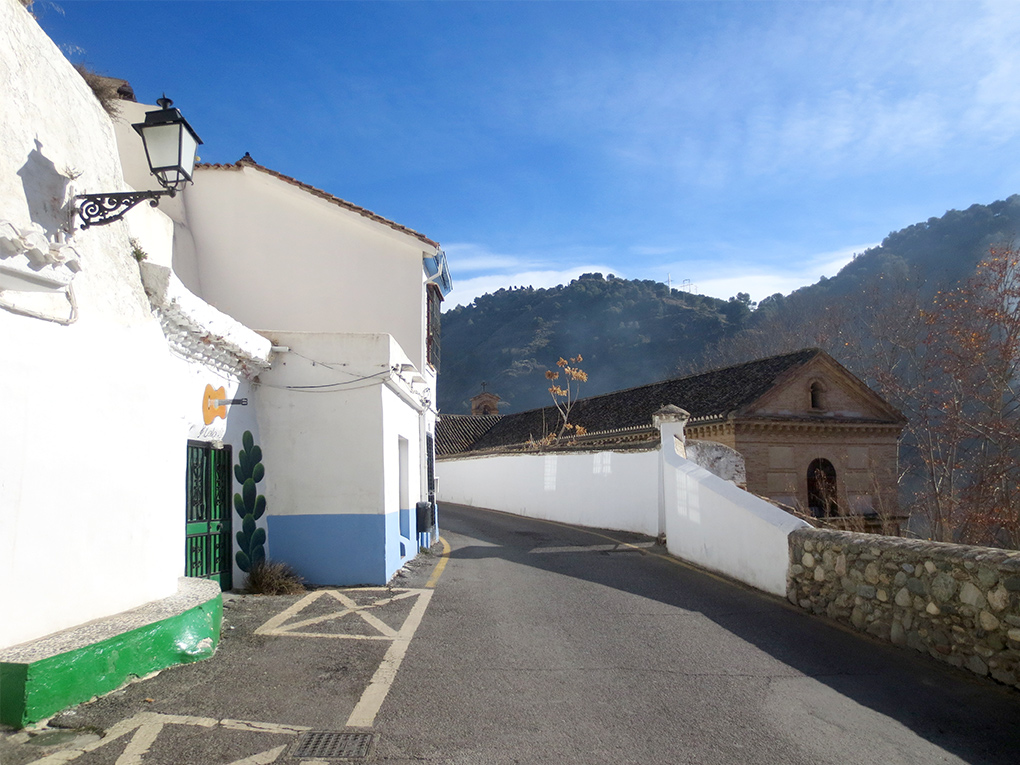
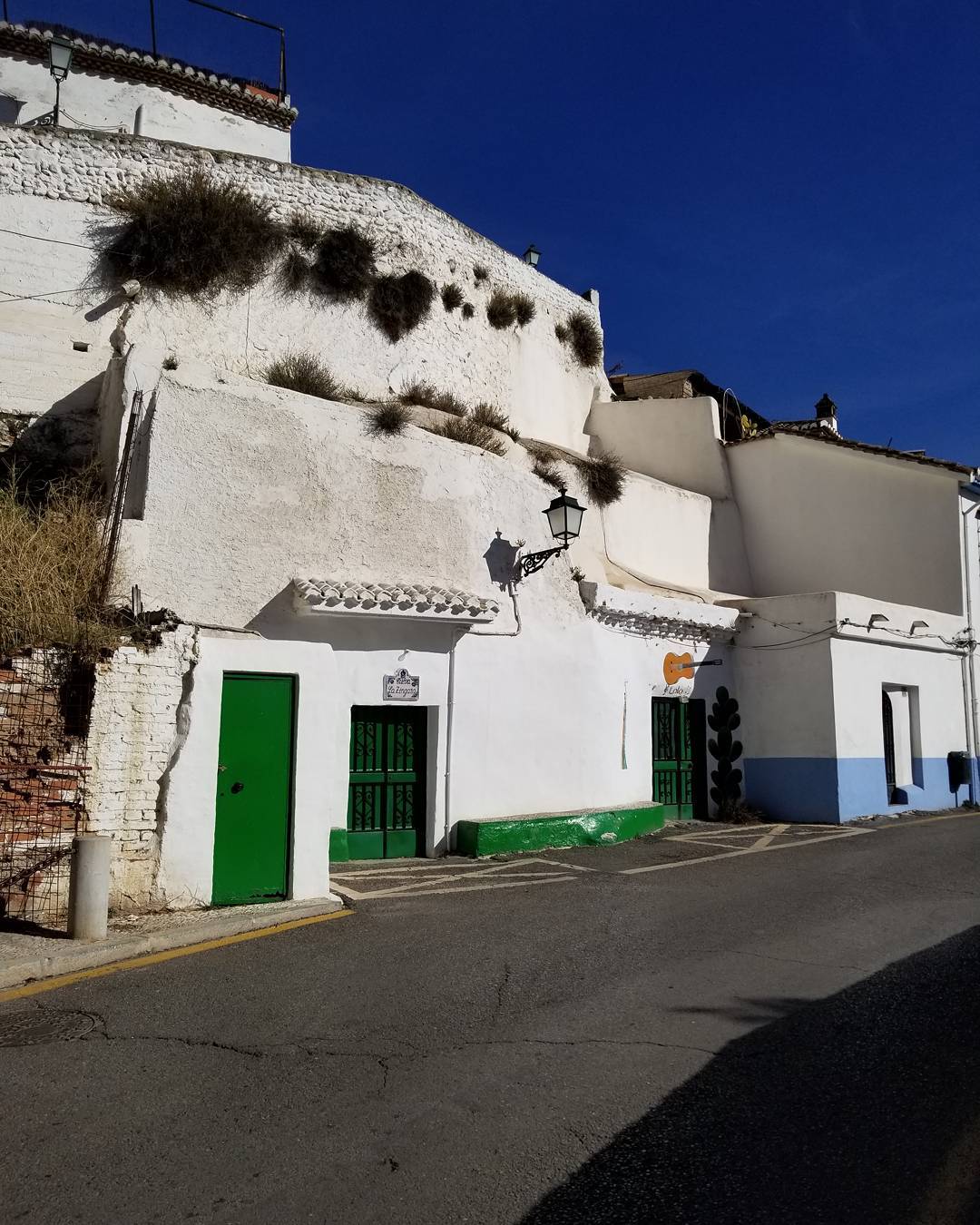
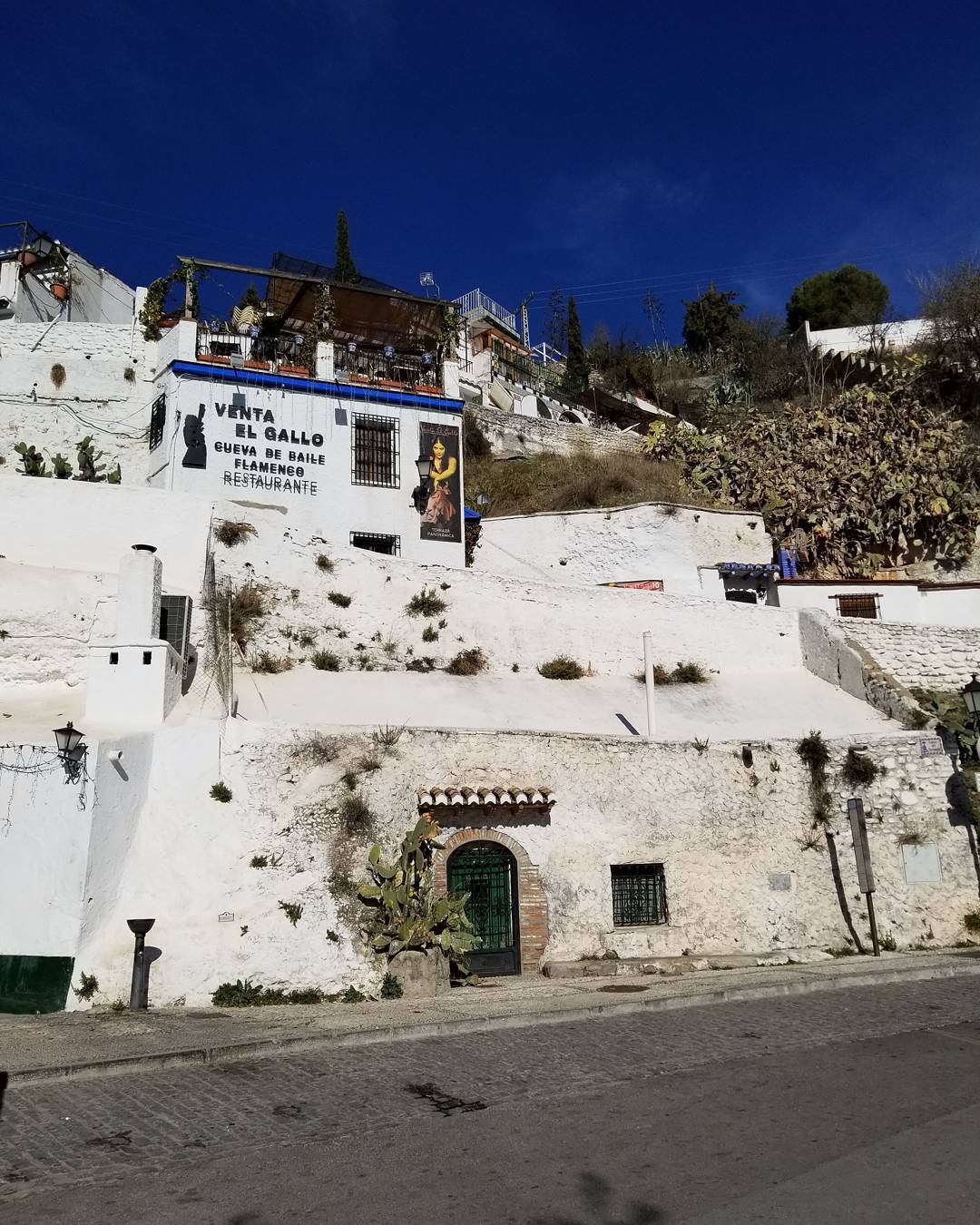
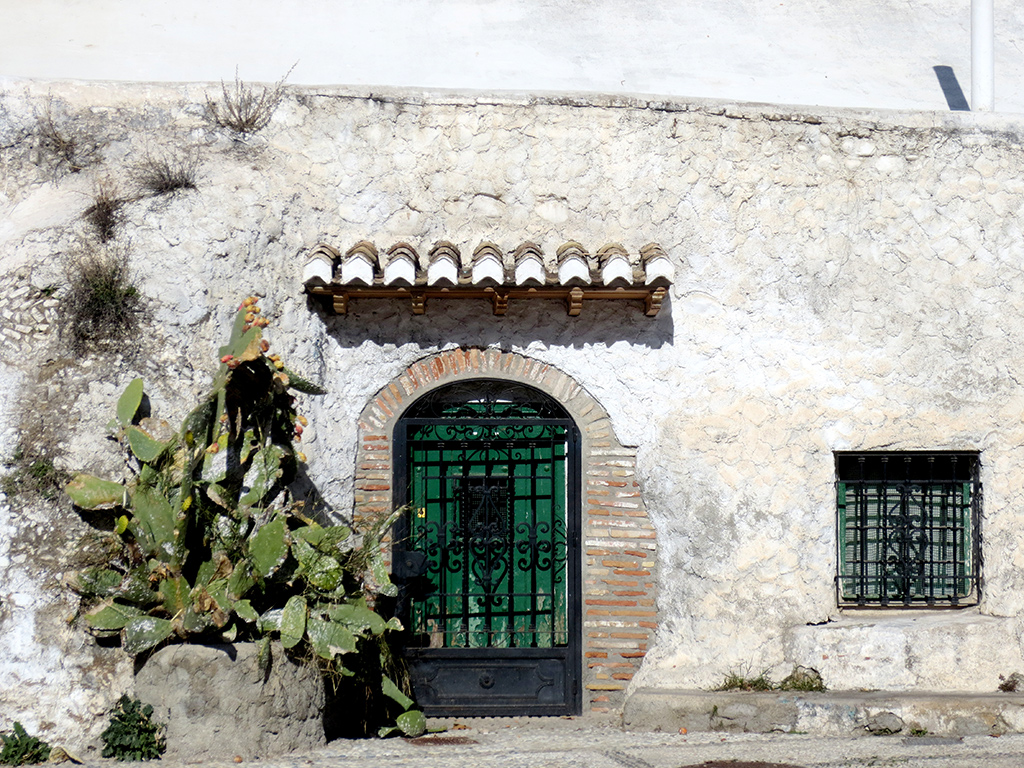
Our ultimate destination was the Cuevas del Sacromonte Museum (Sacromonte Caves Museum) which reconstructs the type of cave homes that were traditionally built into the rocky hills of Sacromonte.
These caves were home to successive waves of peoples who found themselves unwelcome within the main city — first the Jews, then the Muslims, and finally the Roma (“Gypsy”) community, which is now most strongly identified with Sacromonte.
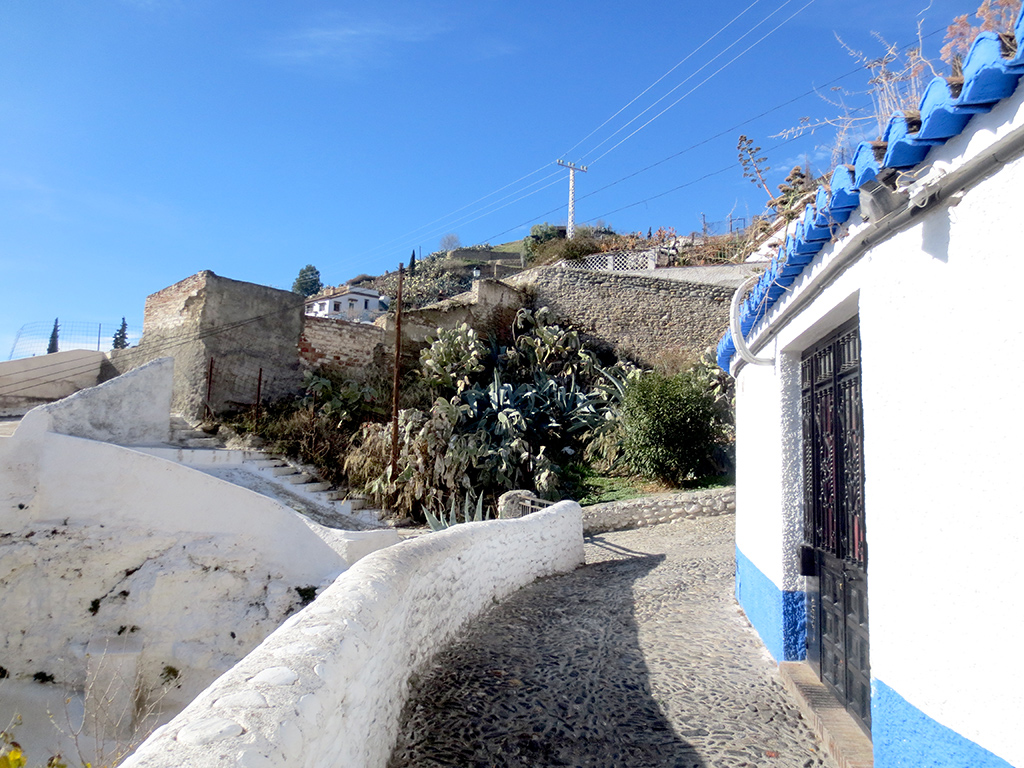
Following signs, we eventually left the main road and climbed a long series of steps up towards the cave museum. At each landing signs seemed to promise we had arrived, only to reveal another set of steps. But we didn’t mind because the views just kept getting better.
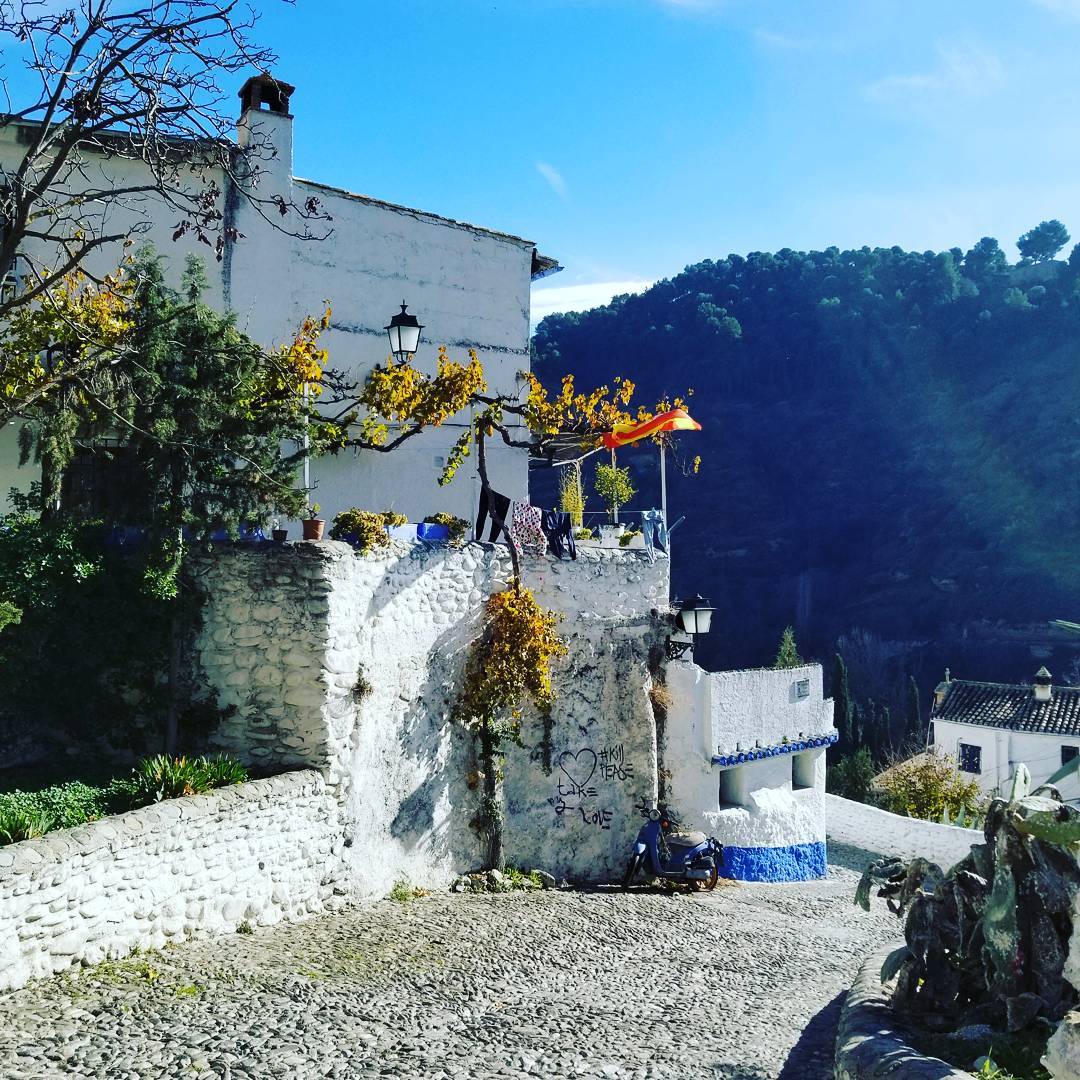
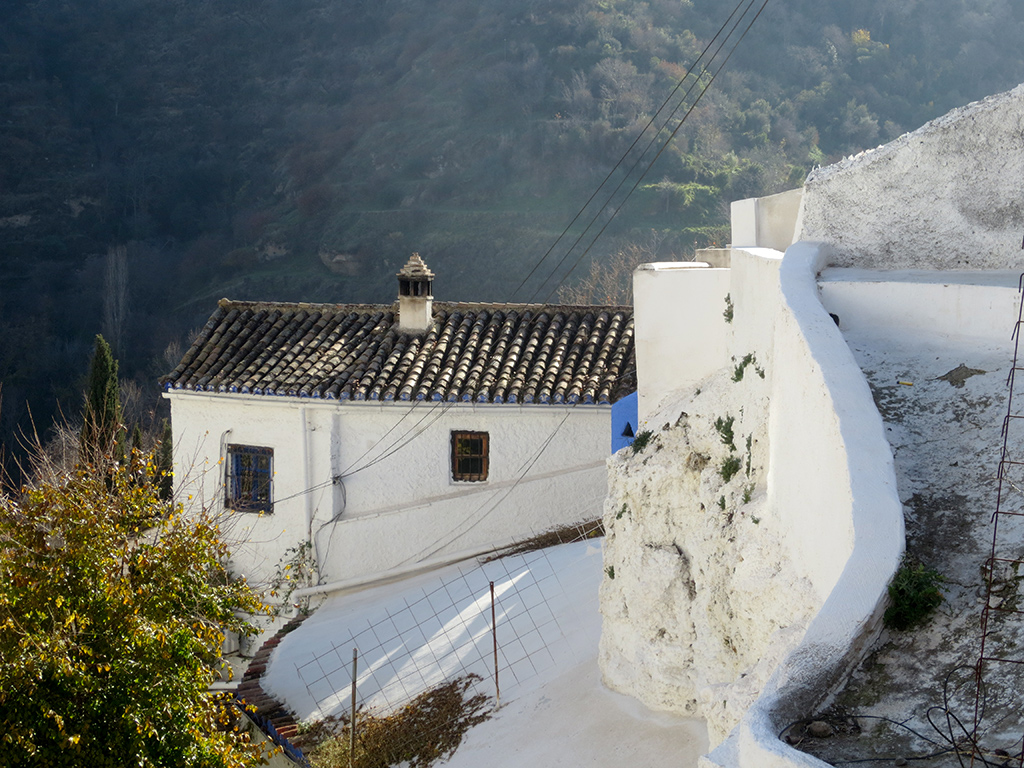
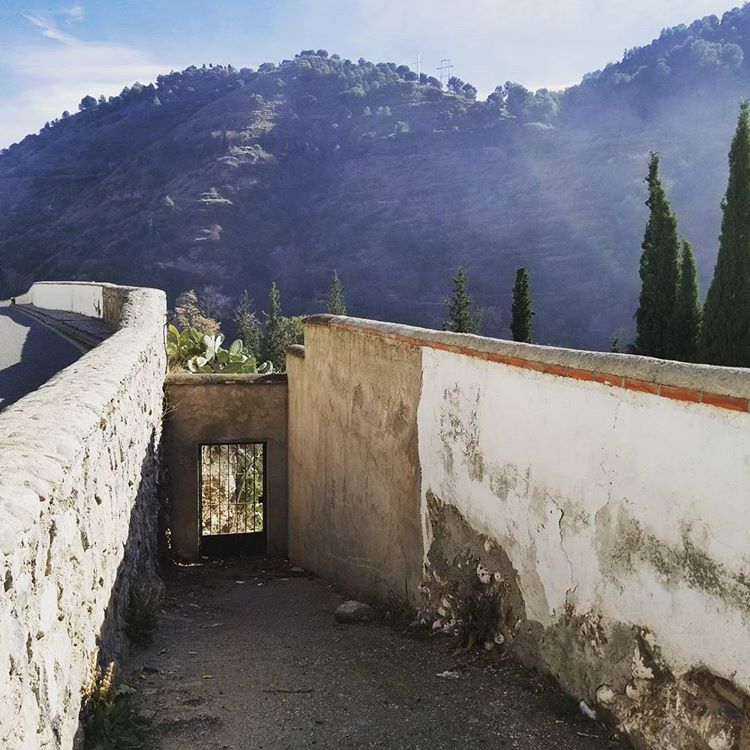
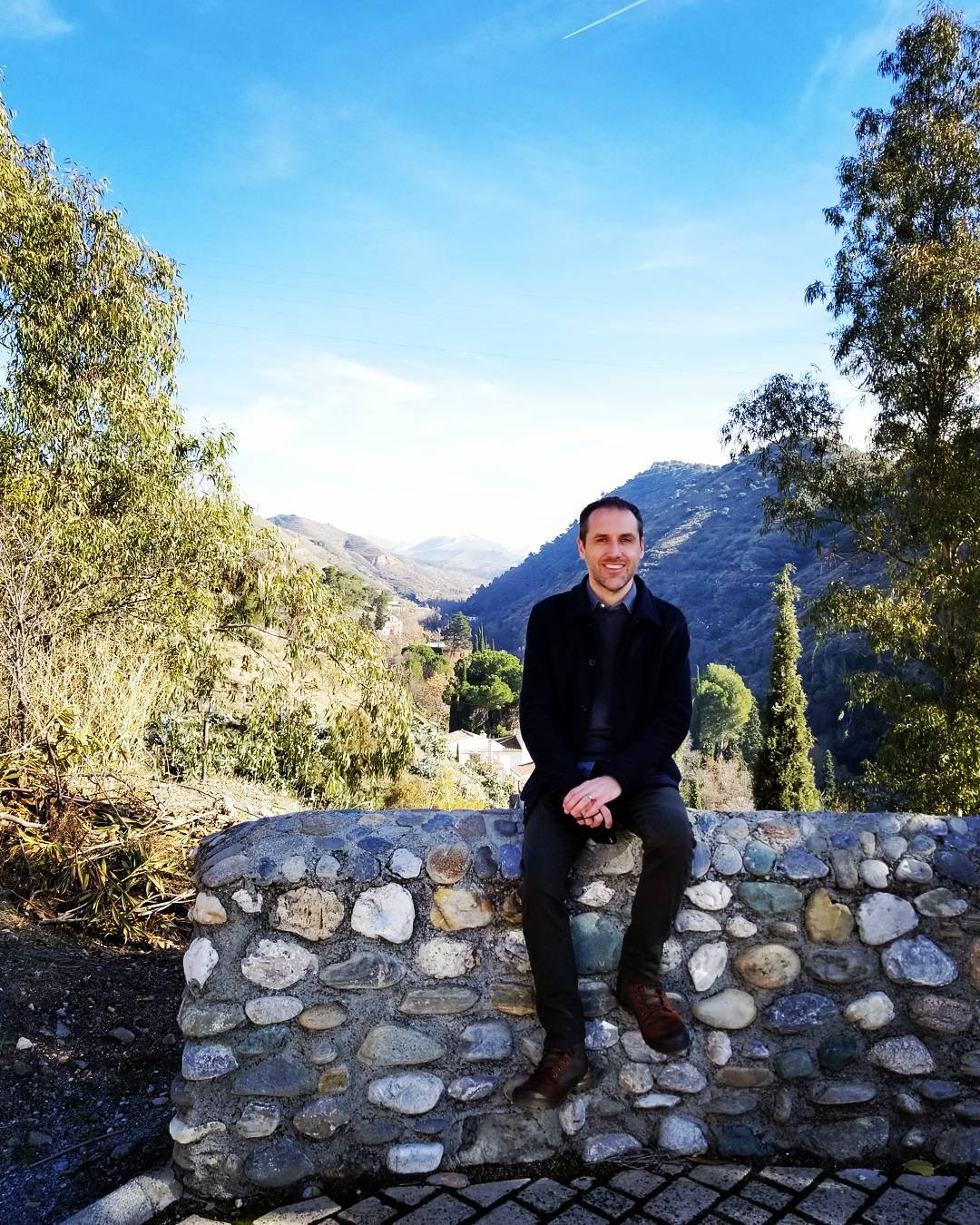
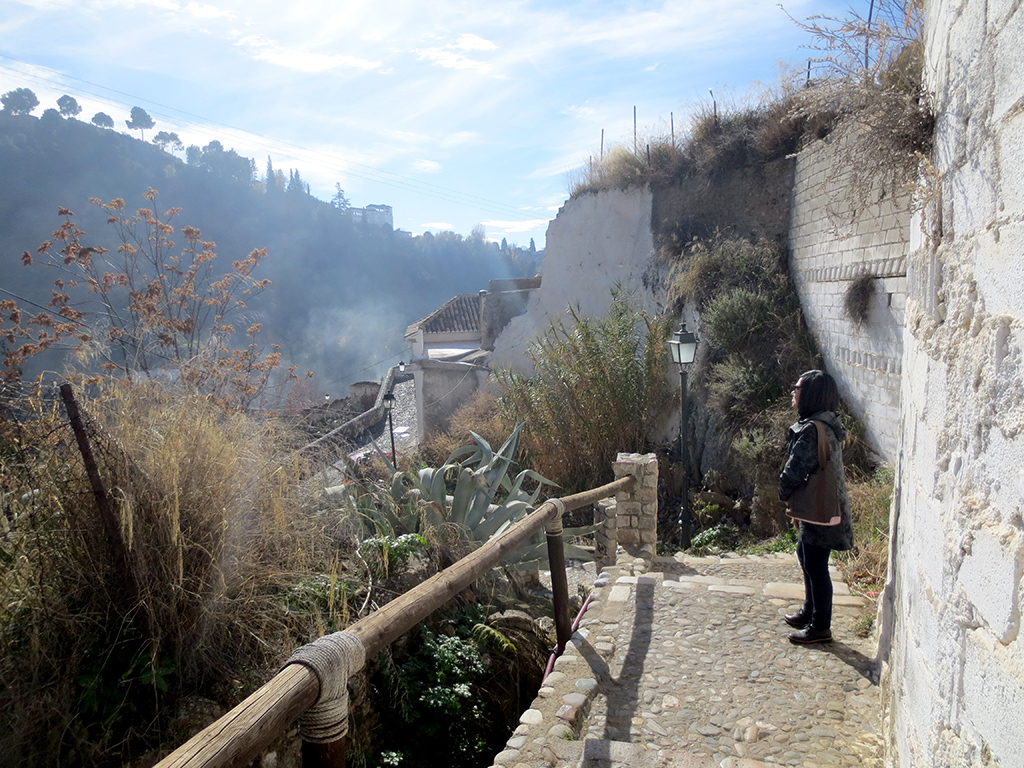
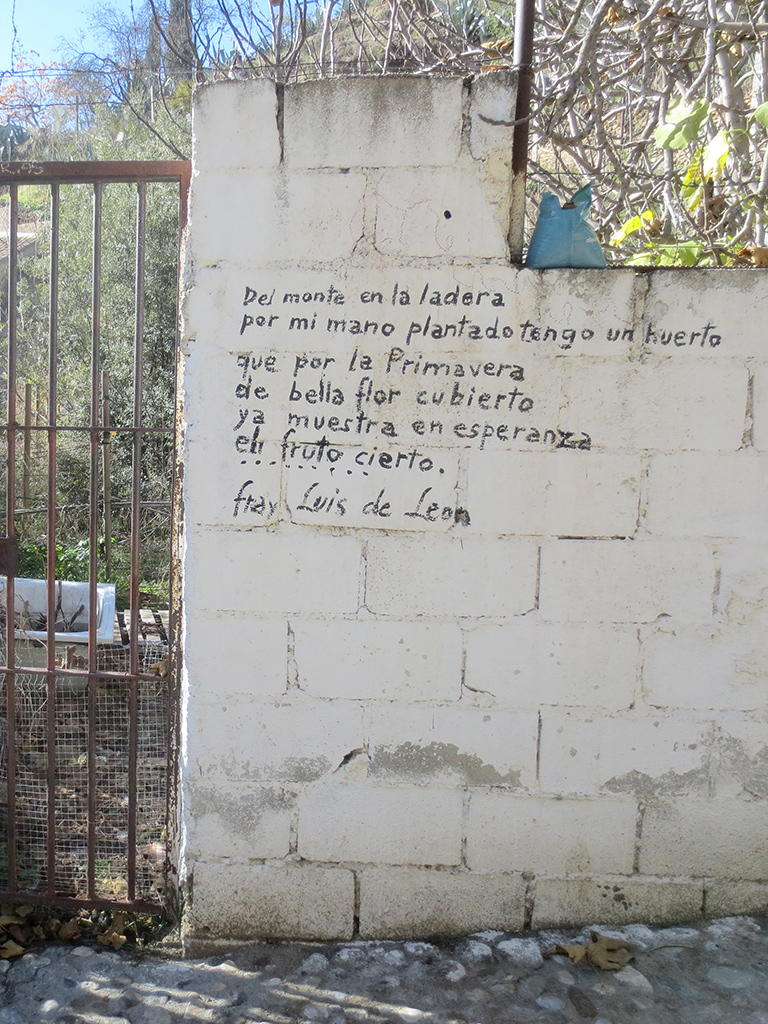
On the side of the mountain
planted by my own hand I have a garden
which shows in the spring
covered with beautiful flowers
the certain fruit as a sign of hope.
— Fray Luis de León, “Vida retirada” (1557)
Finally at the very top, we paid a few euros to a man and his cat who were staffing the museum gate. We found ourselves alone in the museum area, which consists about about 10 distinct caves carved into the hill.
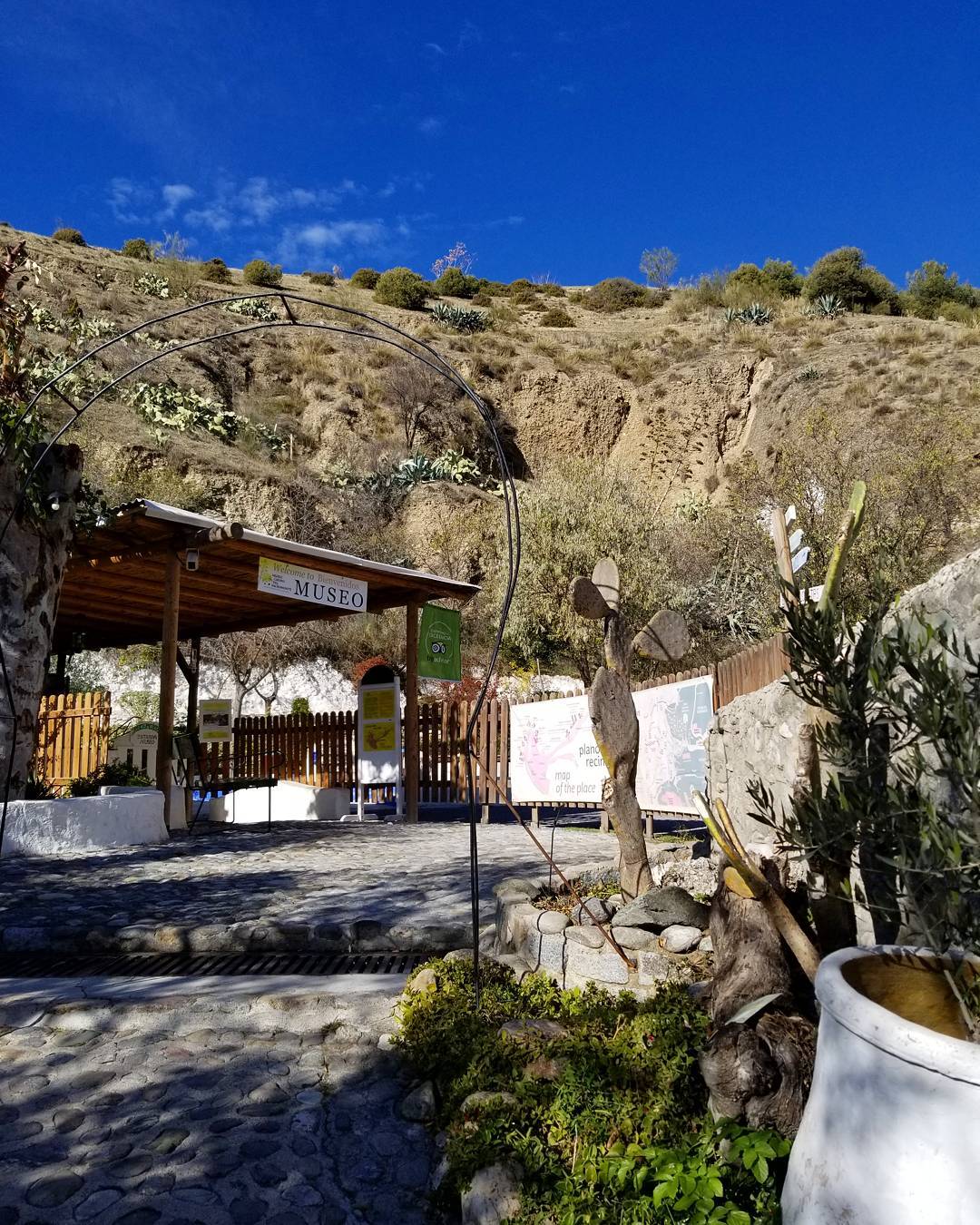
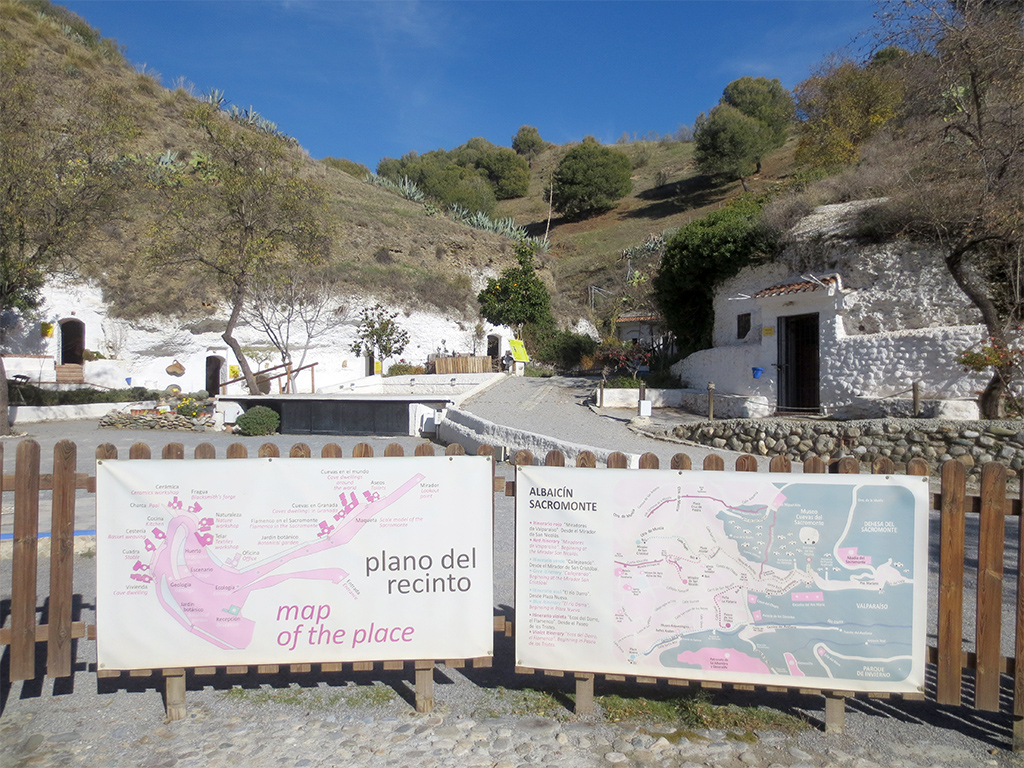
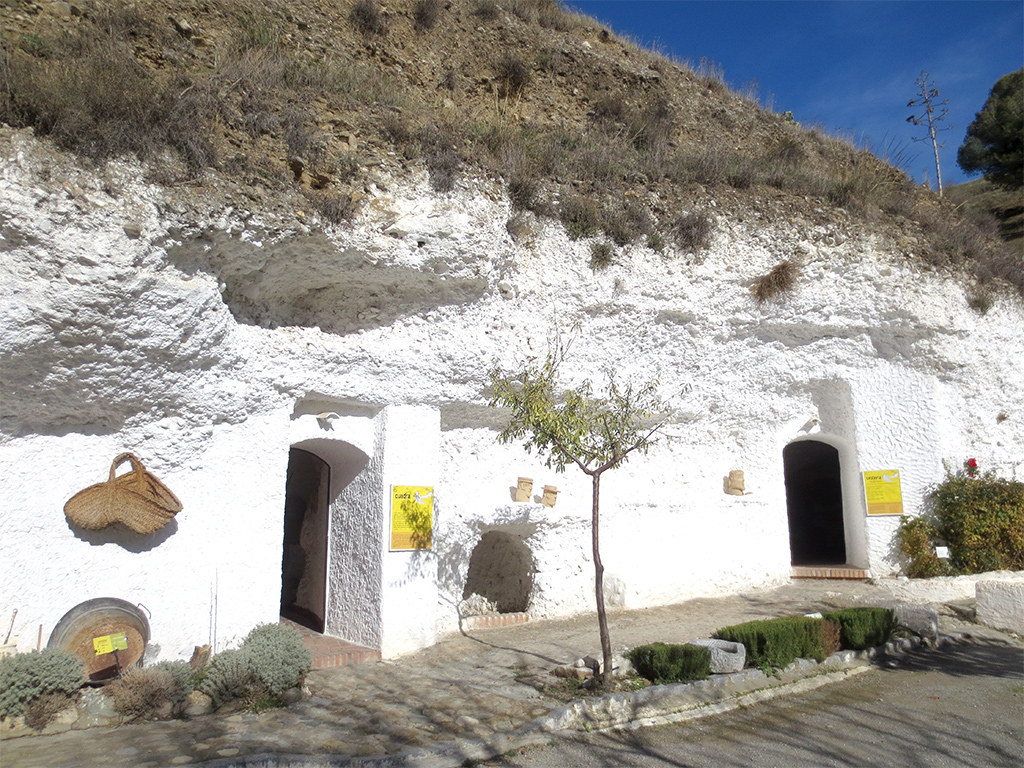
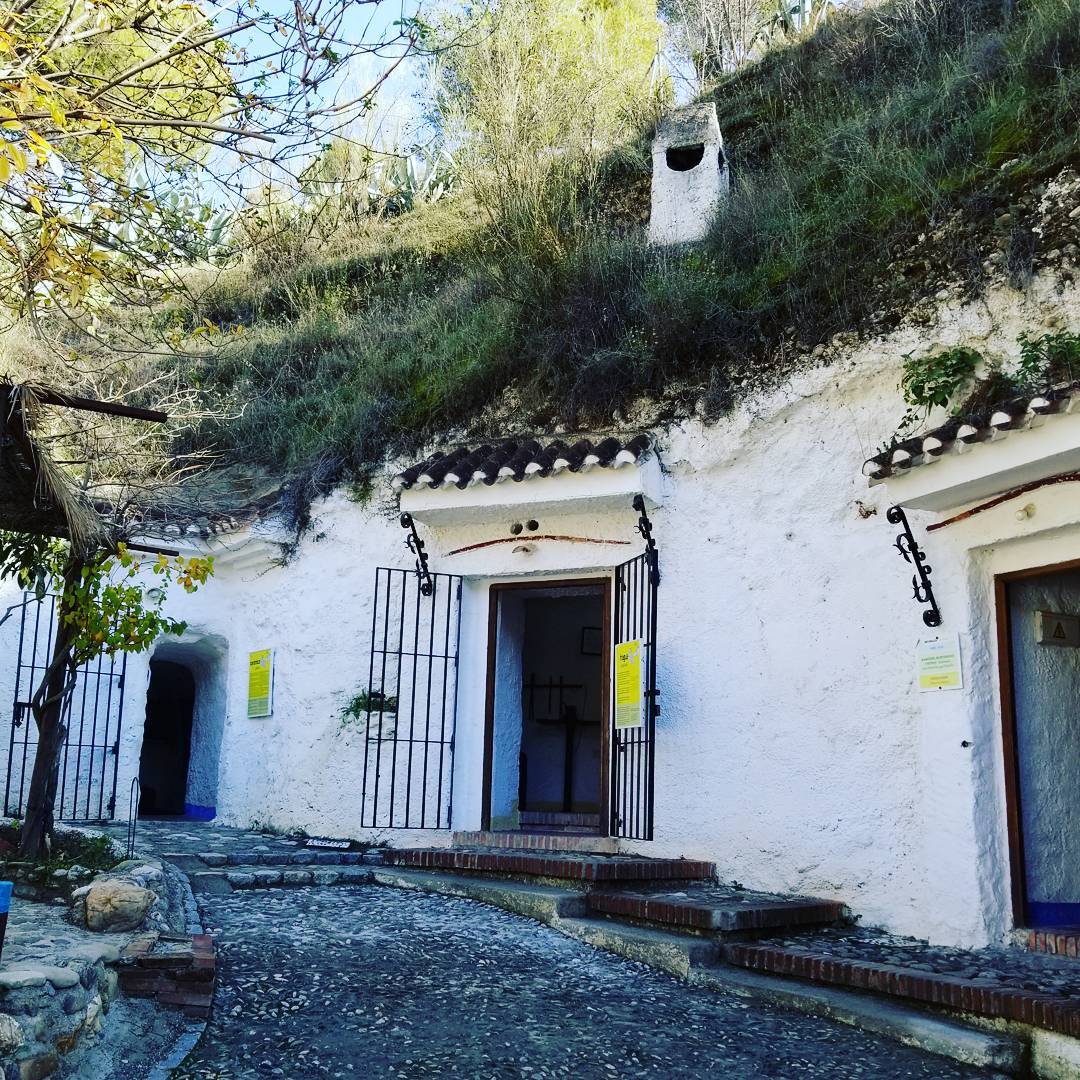
These caves were never lived in — they are merely recreations of the types of homes that existed around a century ago — and each one showcases a different purpose.
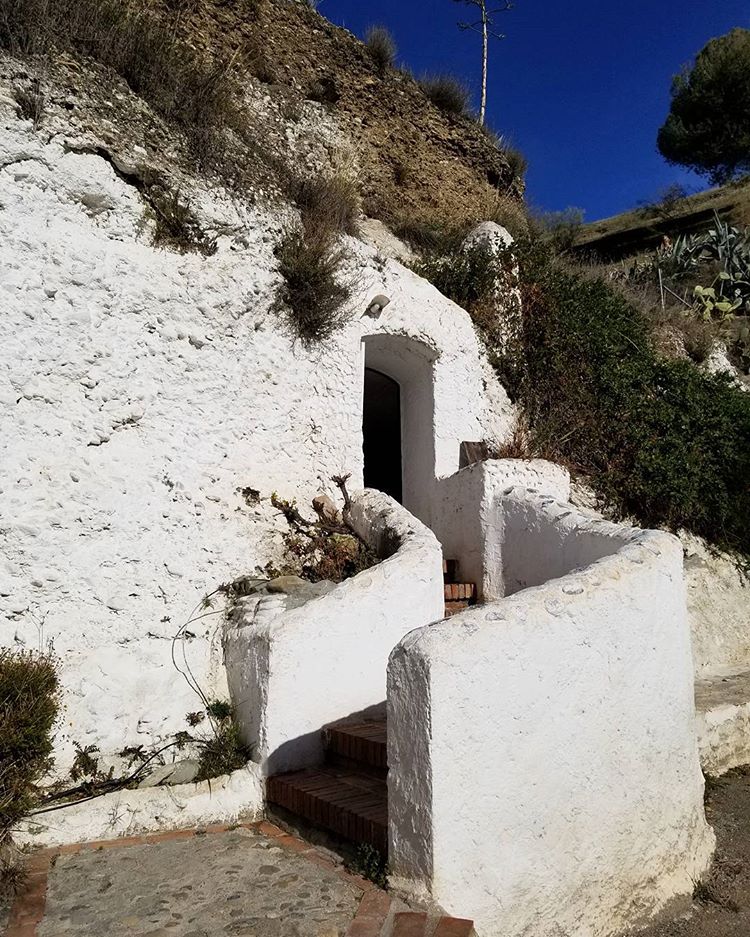
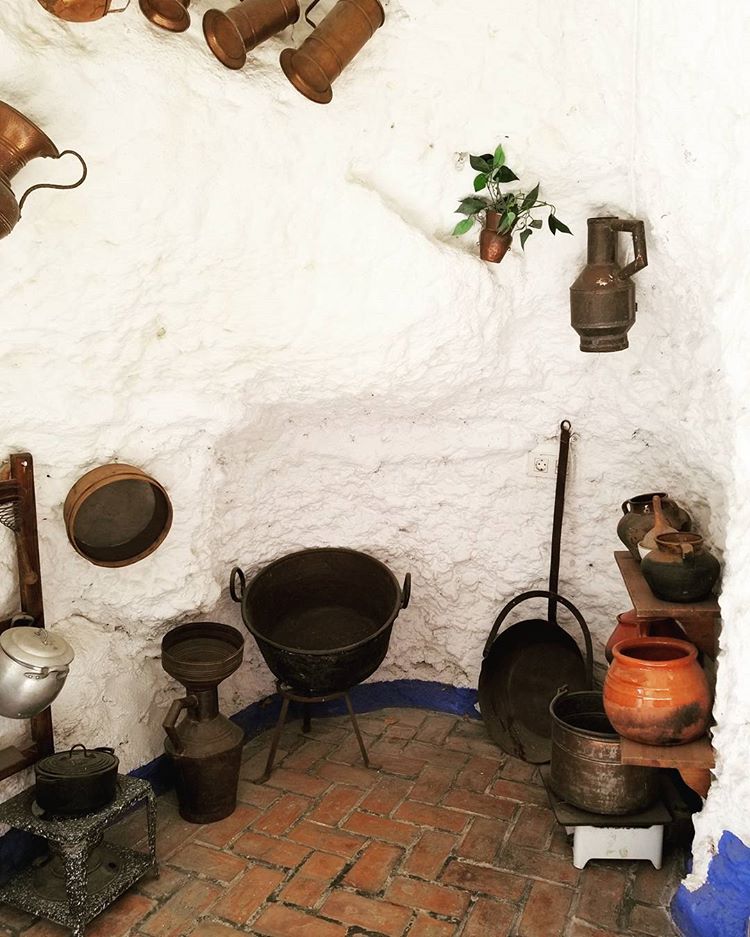
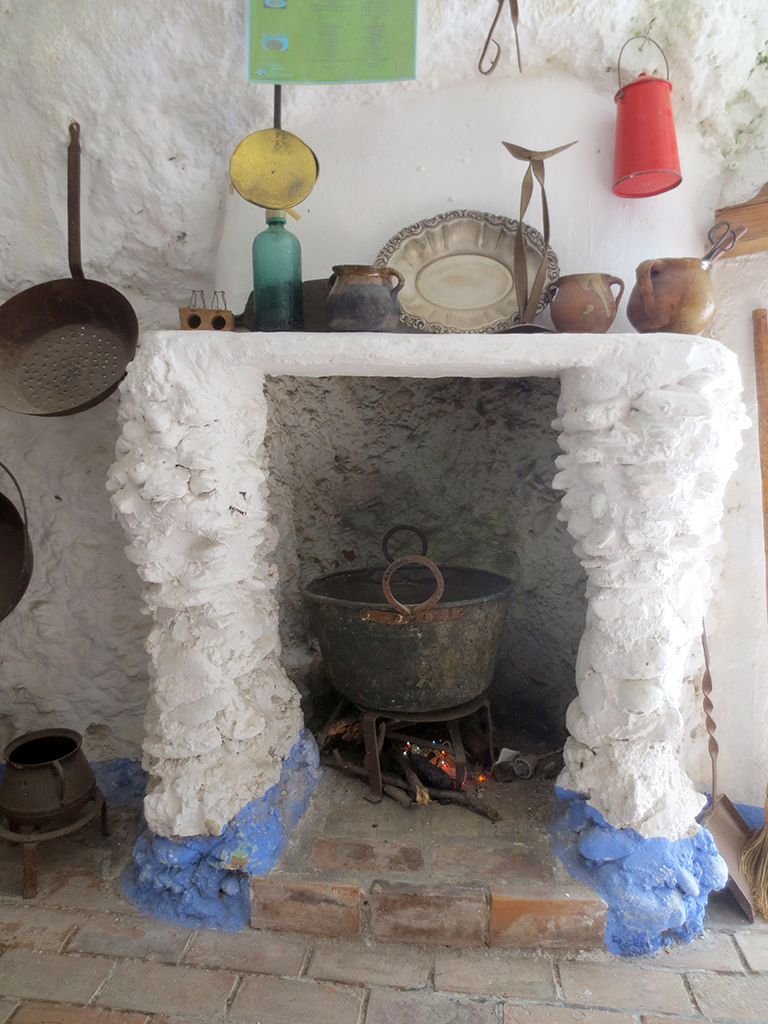
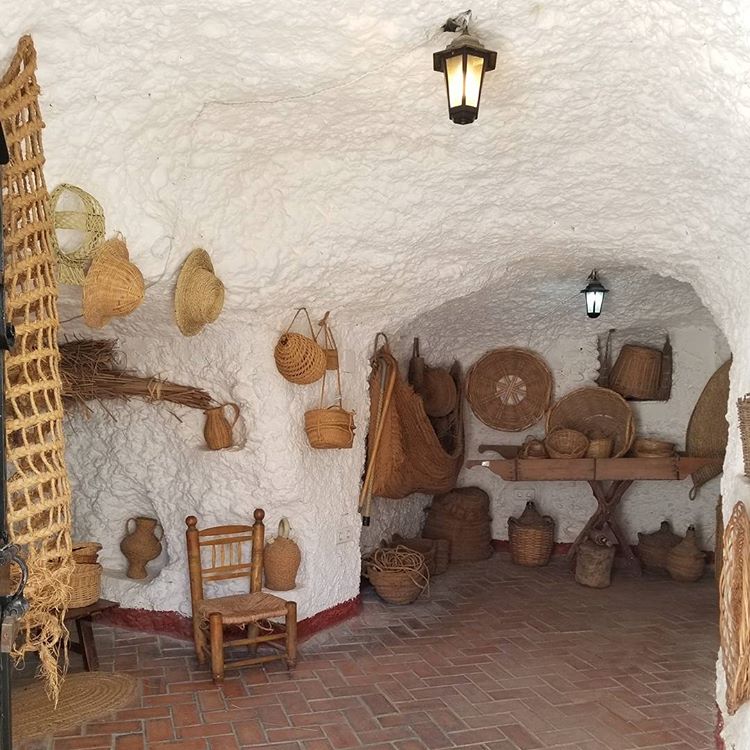
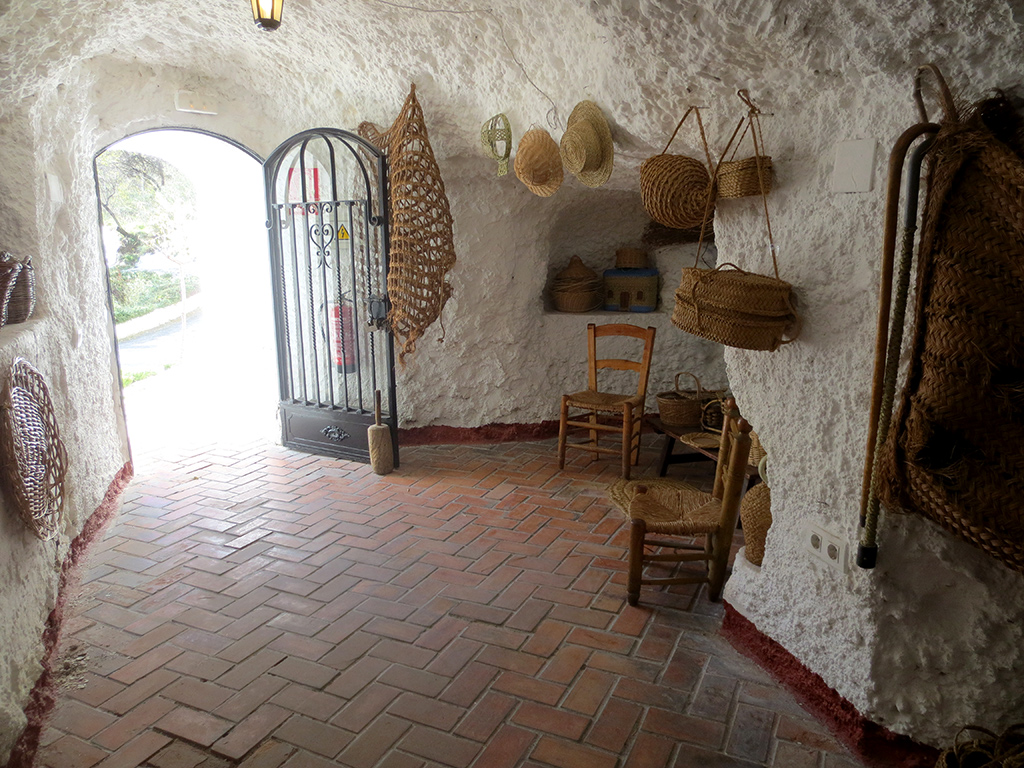
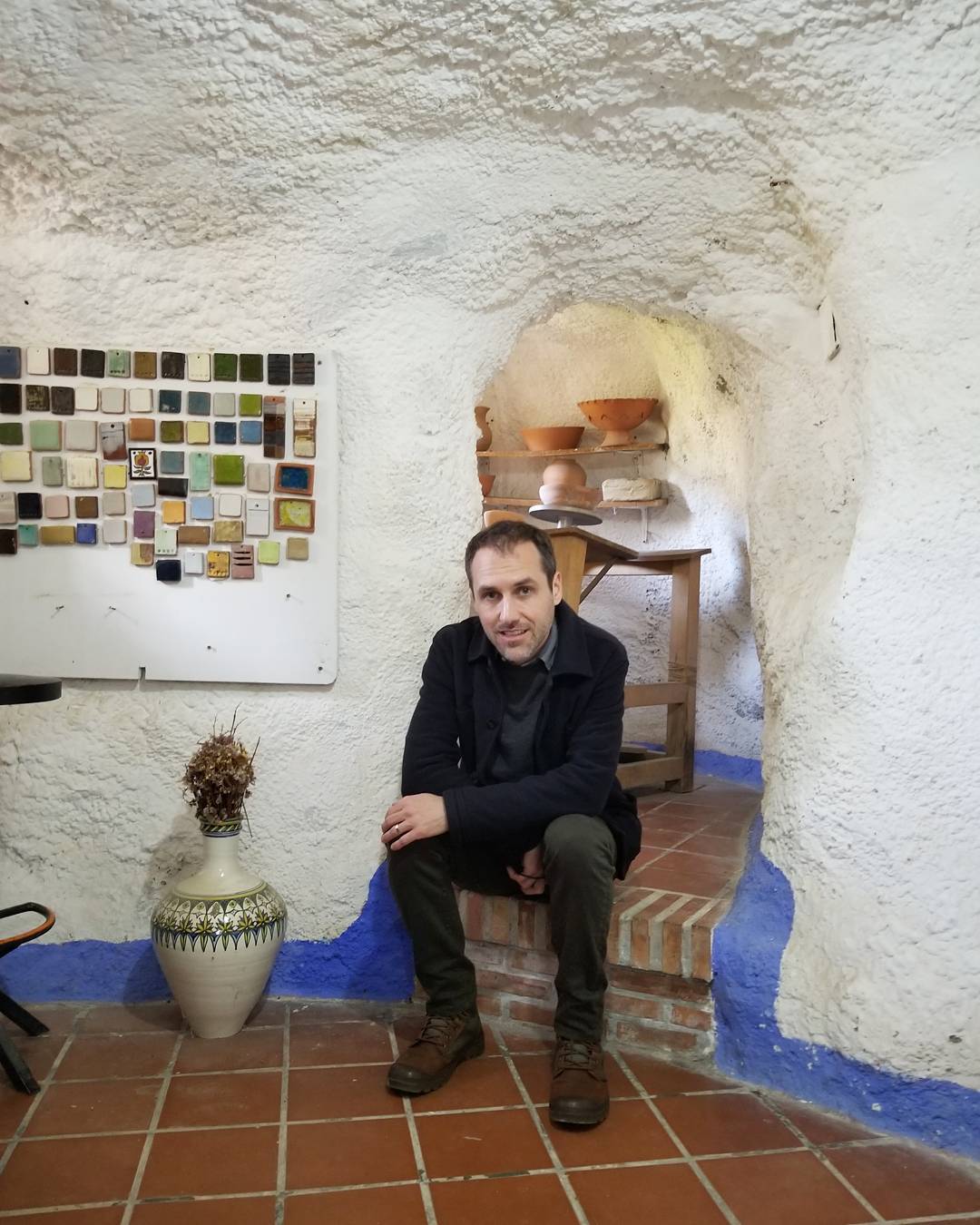
Around the caves were information boards and displays which explained different aspects of the local plants, insects, and animals, and how these integrated into the lives of the cave dwellers. Everything seemed somewhat hand-crafted but was done with great attention to detail.
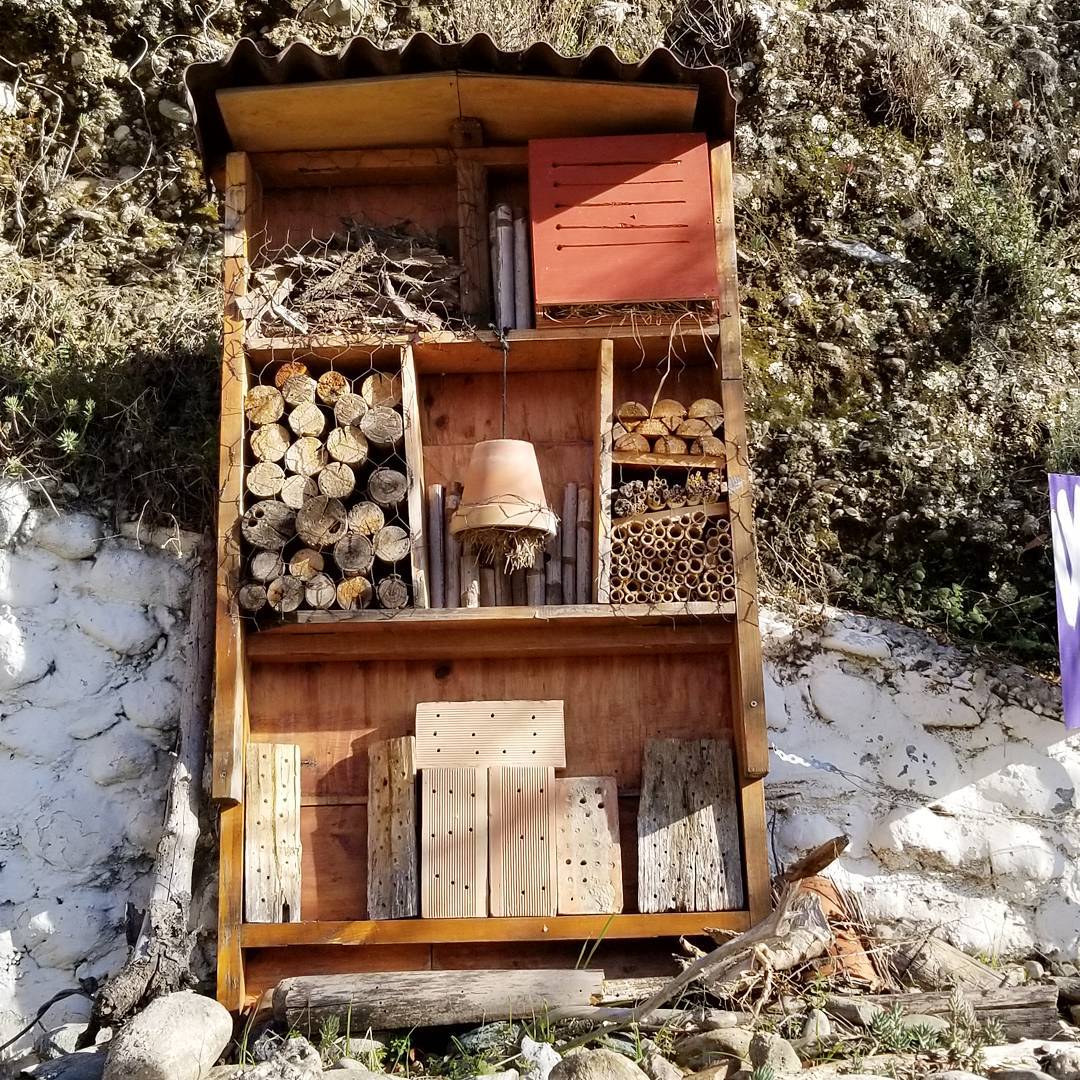
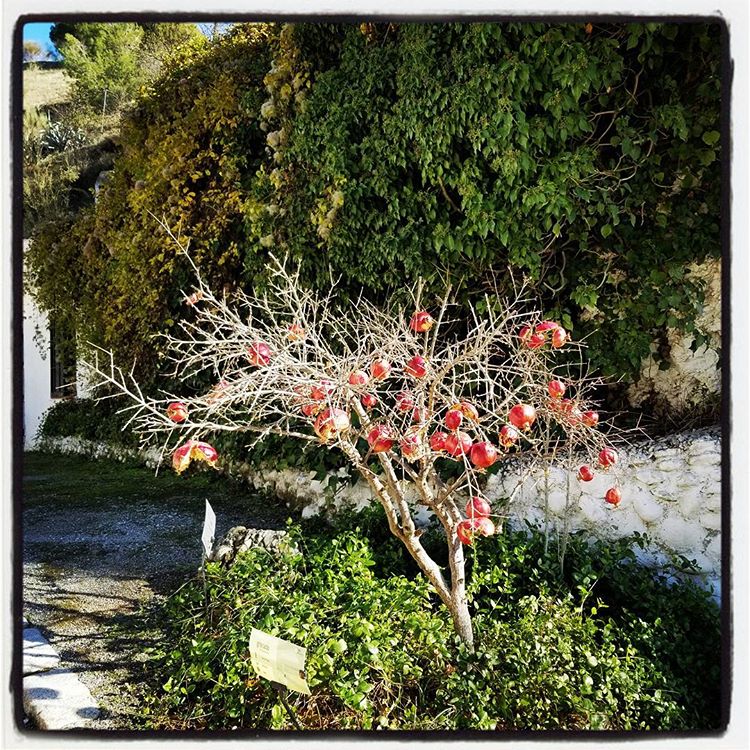
After leisurely exploring the caves for quite some time (and only seeing one other other pair of visitors) we headed back down.
